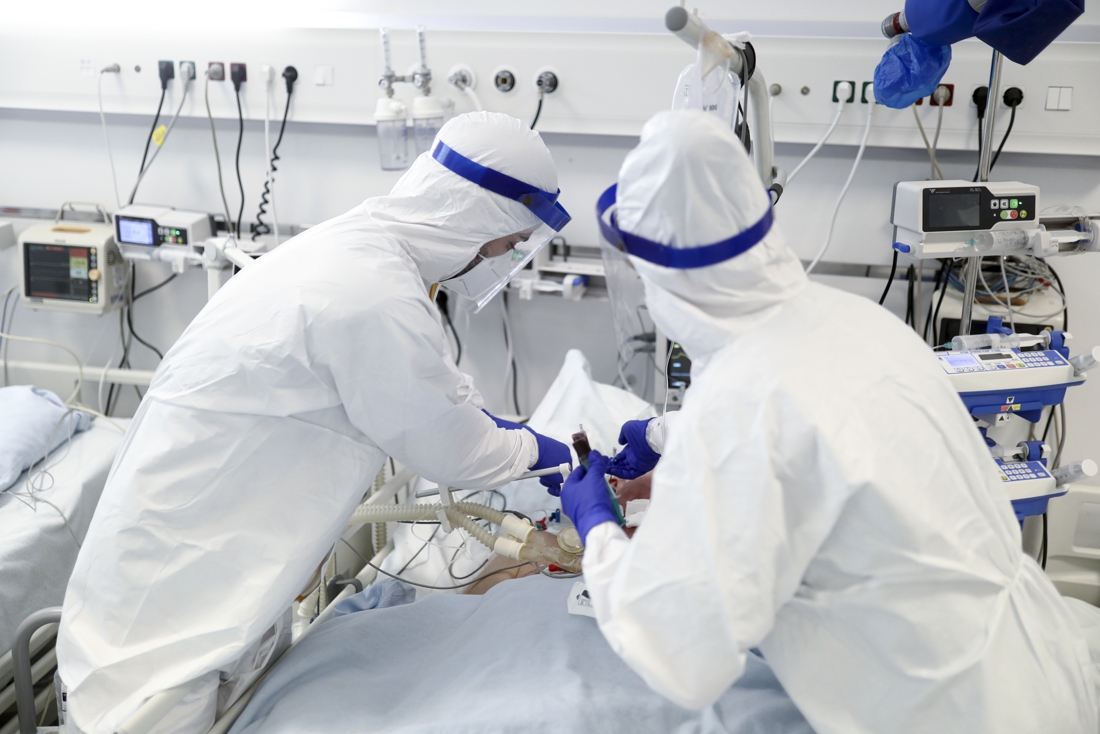The US Geological Survey has confirmed that Kilauea volcano, located on the Pacific island of Hawaii, has an active eruption.
At 12 o’clock local time on Wednesday, increased earthquake activity was registered in the area. Three hours later, the Hawaiian Volcano Observatory discovered that it was glowing in the Halemaumau crater, which is part of the Kilauea volcano.
It reports the Volcano Observatory in Hawaii (HVO) in a press release, reproduced by the US National Park Service.
It is an indication that an eruption has begun in Kilauea, the youngest and most active volcano on the island of Hawaii – and one of the most active volcanoes in the world.
– Dangerous outbreak imminent
The volcano’s danger level has now been raised from “follow” to “warning”, which means that a “dangerous eruption is imminent, in progress or suspected”, according to U.S. Geological Survey (USGS).
A thousand degrees heat in the lava
For aviation activity in the area, the danger level “red” now applies, which means that one suspects or expects a dangerous eruption with a probability of high emissions of volcanic ash into the atmosphere.
The eruption should not be in an area where there are homes, according to Ken Hong, who is a researcher for the USGS and works for the volcanic observatory in Hawaii.

Eruption: The lava lake at the bottom of the Halemaumau crater in the Kilauea volcano in Hawaii cracks. Fountains of lava and columns of volcanic gas shoot up, reports the volcano observatory in Hawaii. PHOTO: USGS via AP
view more
– All indications are that the eruption will remain in the crater. We see no indication that the lava is moving to the lower part of the eastern rift zone, where people live. So far, all the activity is inside the park, Hong says according to AP News.
Rush of spectators
But authorities have said volcanic gas and thick volcanic smoke could be a problem, as the eruption sends up thick volcanic columns.
They also warn against rocks, tephra (pyroclastics) and so-called Pelé’s hair (thin strands of fiberglass) that can be thrown out of the crater, writes the local newspaper Hawaii News Now.
“Visitors should be aware that if there is no trade wind, ash falls and elevated concentrations of sulfur dioxide are possible in publicly accessible places,” the warning to the audience.

Races against “volcanic tourism”
According to Hawaiian Volcanoes National Park spokeswoman Jessica Ferracane, there was “a rush of spectators” as early as Wednesday night.
They expect large numbers of spectators to flock to the park during Thursday to catch a glimpse of the eruption.
“We are excited, but we are also careful,” Ferracane told the newspaper.





